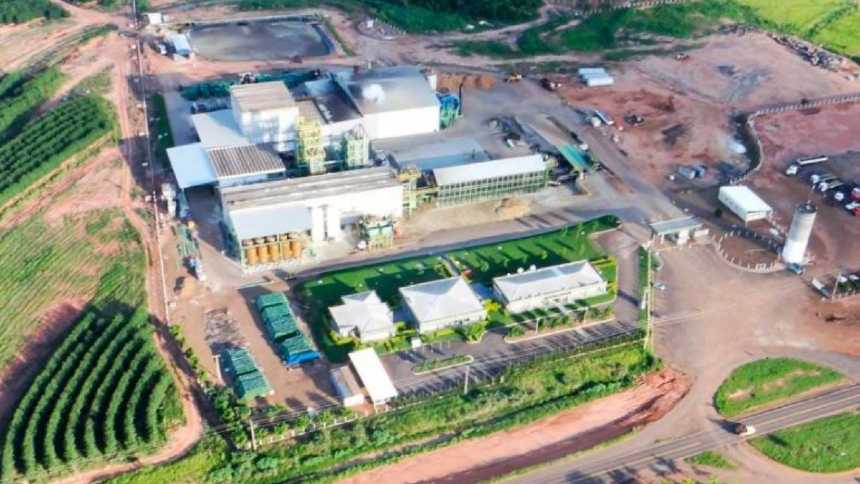According to the bulletin, since June 2023, observed sea surface temperature conditions have shown a pattern typical of the El Niño phenomenon.
The National Institute of Meteorology (Inmet), in partnership with the National Institute for Space Research (Inpe), the National Water and Basic Sanitation Agency (ANA) and the National Center for Risk and Disaster Management (Cenad), today released the bulletin nº 7 with the objective of presenting the monitoring, forecasts and possible impacts of El Niño in Brazil in 2024. The document is the result of work carried out in partnership by national and official bodies on monitoring, regulation of water use, risk management and climate and weather forecasting. The content will be updated monthly to provide information about the phenomenon and, thus, support federal and state agencies, in addition to contributing to government decision-making regarding the country. According to the bulletin, since June 2023, observed sea surface temperature conditions show a pattern typical of the El Niño phenomenon. This pattern appears in the form of a band of warm waters in a large part of the Equatorial Pacific Ocean that, close to the coast of South America, are above 3°C. Since August, this region has shown signs of anomalous convective activity in association with the development of deep clouds. The current pattern observed is still typical of El Niño, but with signs of de-intensification in relation to previous months and currently classified as moderate/weak intensity. Most climate models suggest the weakening of the El Niño phenomenon and the transition to neutral conditions, with sea surface anomaly values below 0,5°C. According to extended projections from IRI (International Research Institute for Climate and Society), sea surface temperature anomalies will reach neutrality in the quarter April-May-June 2024, with the possibility of the formation of the La Niña phenomenon in second half of 2024 (July-August-September 2024), with a probability of 62%. The climate forecast for Brazil in April/May/June 2024 indicates a greater probability of rain below the normal range between the center, north and east of Brazil. In part of the Southern Region, Mato Grosso do Sul, São Paulo and a small area of Minas Gerais, Roraima and Amazonas, the forecast indicates a greater probability of rain above the normal range. Over the central part of the country, the quarter generally presents low volumes of rain, but important events at the beginning of the period cannot be ruled out. The temperature forecast indicates a greater probability above the normal range in much of the country, especially in the center and north. Soil water storage and river flows On the Madeira River, natural flows in Jirau and Santo Antônio showed a slight increase and ended March at around 85% of the long-term average (MLT) of the month. On the Tocantins and Xingú rivers, in March, natural flows at the Serra da Mesa, Tucuruí and Belo Monte hydroelectric plants were 96%, 82% and 62% of the average for the month, respectively. At the beginning of April, storage in SIN reservoirs reached 74,2%, an increase of 7% compared to March 4. At the beginning of April, the main reservoirs in the Northeast Region had an increase in storage due to significant rains, and the total volume of the group of reservoirs reached 50%, an increase of 6% since the beginning of March. In relation to water storage in the soil, the rains observed between the months of January and March 2024 contributed to the increase in soil moisture levels in part of the country, mainly in the North Region and in the east of the Northeast Region, as well as in areas of the South Region. There is no expectation of an increase in soil water levels for the month of April/2024 in the central and western parts of the Northeast Region, northwest of the North Region, in addition, there is a forecast of a reduction in soil moisture in the south of the Central-West Region, interior of the Northeast Region and in the west of Paraná and São Paulo.

Essa é mais uma manchete indexada e trazida até você pelo site Agromundo.NET

.jpg)


.jpg?=2356497-2)



















